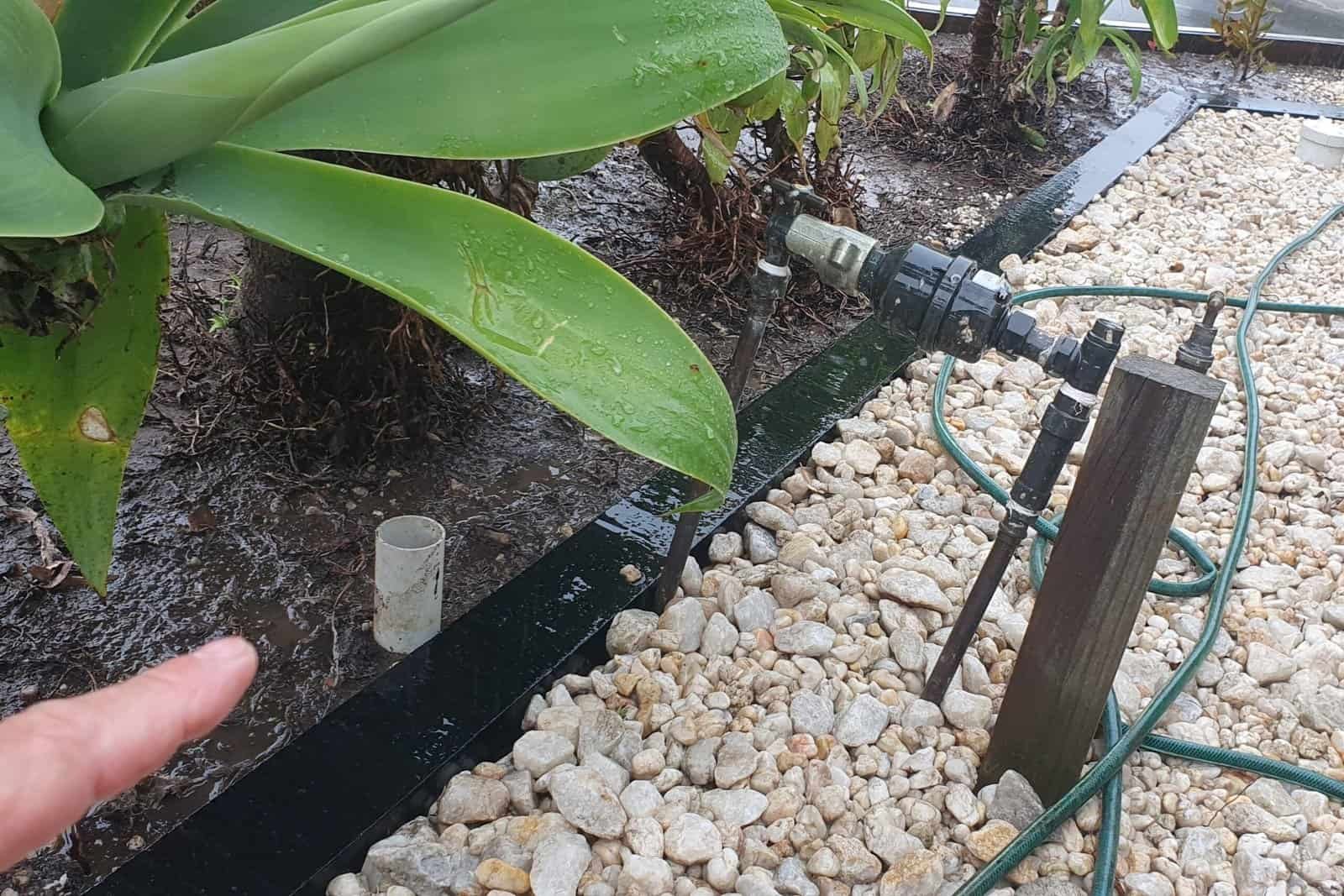Hello mate!
How frequently do you trim your yard grass using a lawnmower? It requires more regular mowing during the growing season.
To take full advantage of it and trim the grass correctly, you must choose a lawnmower of good quality.
There is a controversial debate among gardeners about the type of engine. Which one is better: an air-cooled vs. liquid-cooled lawn mower?
This article will discuss both pros and cons of these options. Let’s scroll down to get more details!
Contents
What Are The Differences Between Air Cooled And Liquid Cooled Lawn Mowers?
A lawn mower with an air-cooled engine cools the motor using flowing air. This engine features fins to direct the air around it to disperse heat.
On the other hand, a mower with a liquid-cooled engine utilizes a liquid antifreeze or coolant to absorb excess heat from the motor.
What are the differences between these options? Below are the main points you may want to know:
Design
If you compare their designs, you won’t notice many notable differences. Yet, an air-cooled engine is smaller and more compact than its counterpart.
This design makes storing an air-cooled machine in a tight place easier, while the liquid-cooled mower requires more storage space.
Nonetheless, the valves’ design quality remains identical. Both of these options feature Overhead-Valve (OHV) designed valves.
The manufacturers put these valves into the combustion chamber of the cylinder head. Thus, the engines can generate higher power thanks to these designs.
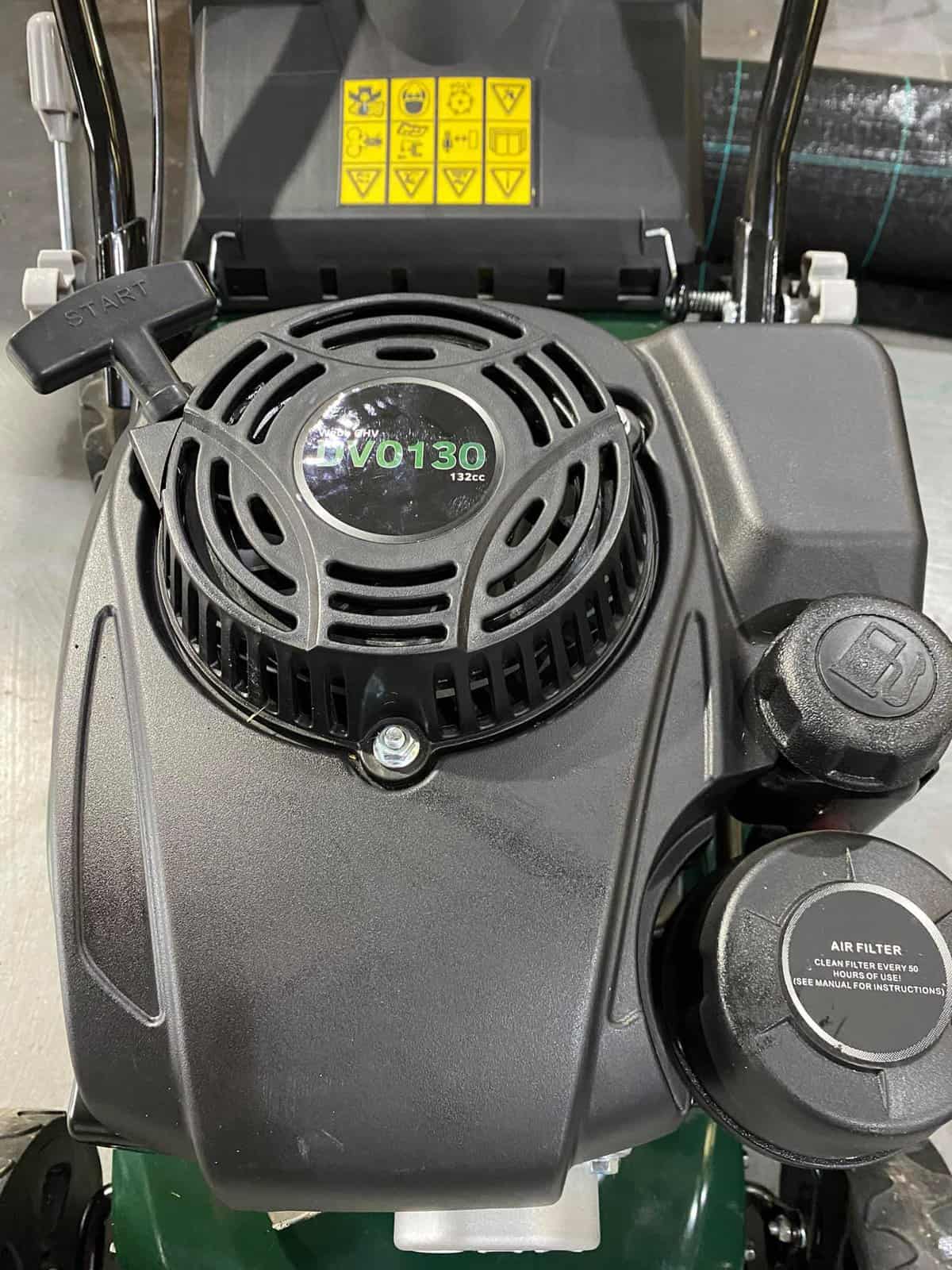
Air cooled lawn mower
Riding Performance
A lawn mower with a liquid-cooled engine can generate a heavy-duty performance. It can deliver riding performance for over 1500 hours, equal to more than one year. So, it is reliable, especially for industrial applications.
Meanwhile, air-cooled machines have a riding performance of 1000 – 1200 hours with regular maintenance.
Because of their hefty weight and big size, the wheels on a liquid-cooled lawn mower engine may be a little challenging to slide when riding.
Nevertheless, if you choose the tiny air-cooled types, you won’t have to battle to slide or turn it on rugged terrain.
Maintenance
Because the liquid-cooled mower is bulkier and more technologically complex, it requires regular maintenance, which is a drawback of this engine.
On the other hand, you don’t have to service or clean your machine if it has an air-cooled engine.
Moreover, the liquid-cooled mower’s water pump, coolant, water jackets, and rubber hoses must not have any clogs or debris.
Additionally, the blade of a liquid-cooled machine requires more regular sharpening, at least 3 – 4 times yearly, for the best result.
However, you don’t have to sharpen the blade of an air-cooled lawn mower. Instead, it only needs blade replacement once a year.

Liquid cooled lawn mower
Longevity
Regarding longevity comparison, a liquid-cooled lawn mower will have a longer lifespan than its counterpart.
Thanks to the water and liquid cooling system, the machine doesn’t generate excessively extreme heat.
When the engine heat isn’t more significant while you mow your yard, it doesn’t cause excess friction, which is a benefit to prevent your machine from wear and tear quickly.
Meanwhile, air-cooled mower flywheels with fans aren’t sufficiently strong to cool the engine heat. Thus, these machines often overheat.
These fans use much power from your machine’s engine. Therefore, the engine doesn’t last long and requires a replacement faster than its counterpart.
Additional Features
Both options have fuel-efficient engine systems, so they don’t consume much oil or fuel. Thus, they can prevent fuel wastage.
Moreover, the OHV valves are beneficial for reducing cylinder distortion and fuel consumption.
Nevertheless, the liquid-cooled mower uses 12-cc pumps. It operates more quickly. Thus, the engine heat is around 350℉.
On the other hand, an air-cooled machine with less than 10cc pumps often overheats as the temperature may be over 400℉.
Generally, a mower with an air-cooled engine often starts more rapidly than a machine with a liquid-cooled one.
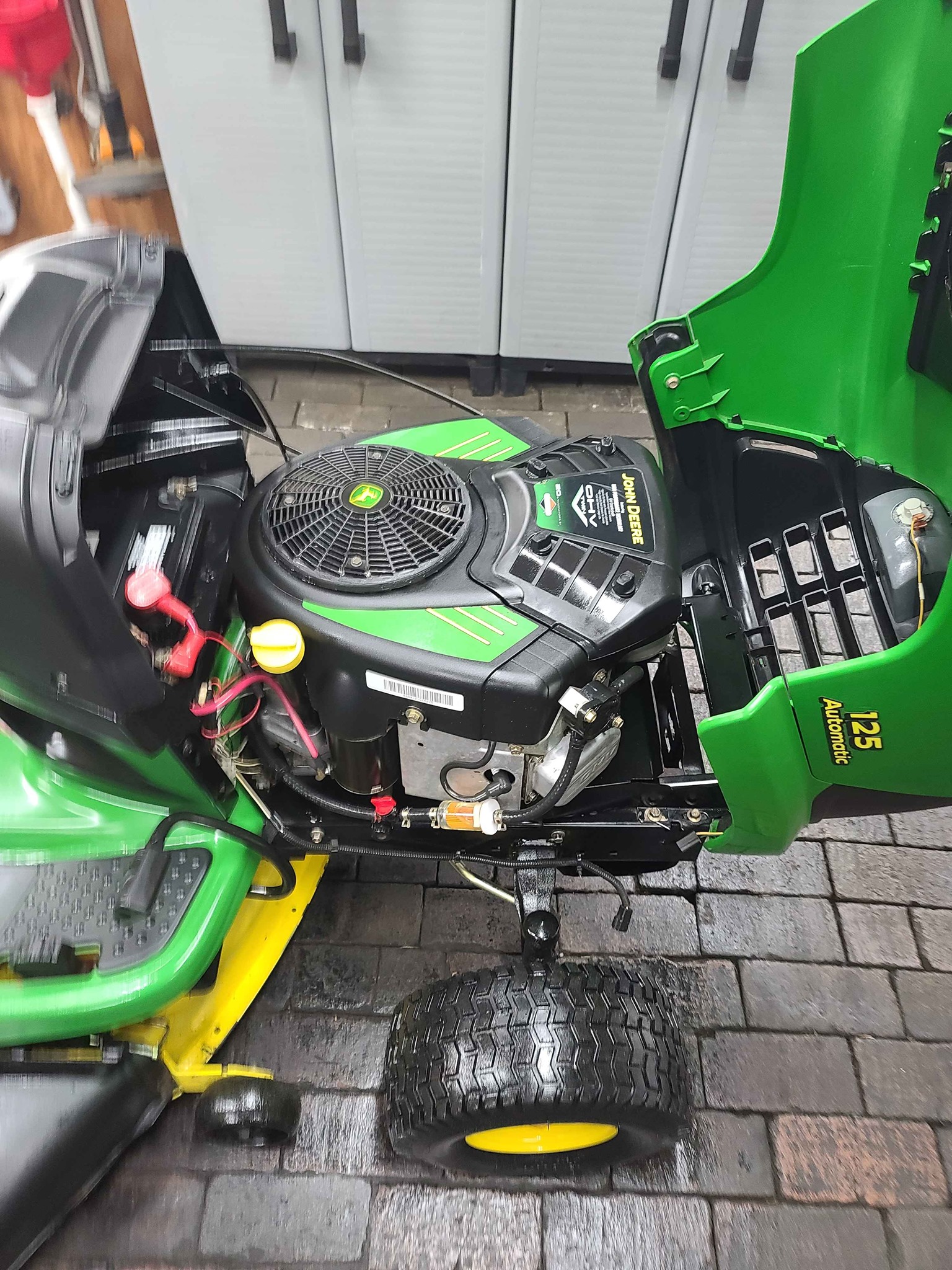
Additional features
Air Cooled Vs. Liquid Cooled Lawn Mower: Comparing And Contrasting Table
If you are in a hurry, let’s check out the following comparison table to know the main differences between these lawn mower types:
| Key Features | Air-cooled Mower | Liquid Cooled Mower |
| Design | Lightweight & compact | Heavyweight & larger |
| Riding performance | Light duty | Heavy duty |
| Maintenance | Little | Regular |
| Longevity | Longer | Shorter |
| Additional features | 10-cc pumps | 12-cc pumps |
The Cost Of Owning A Air Cooled Vs. Liquid Cooled Lawn Mower
The cost of a lawn mower may vary depending on many factors, including engine type. Generally, the average price can range from $200 – $2000.
A liquid-cooled machine costs more overall because the motor and other moving components are expensive.
On the contrary, an air-cooled mower is more affordable than its counterpart.
You should carefully consider the benefits and drawbacks of these machines before picking one if you don’t want to throw money out the window.
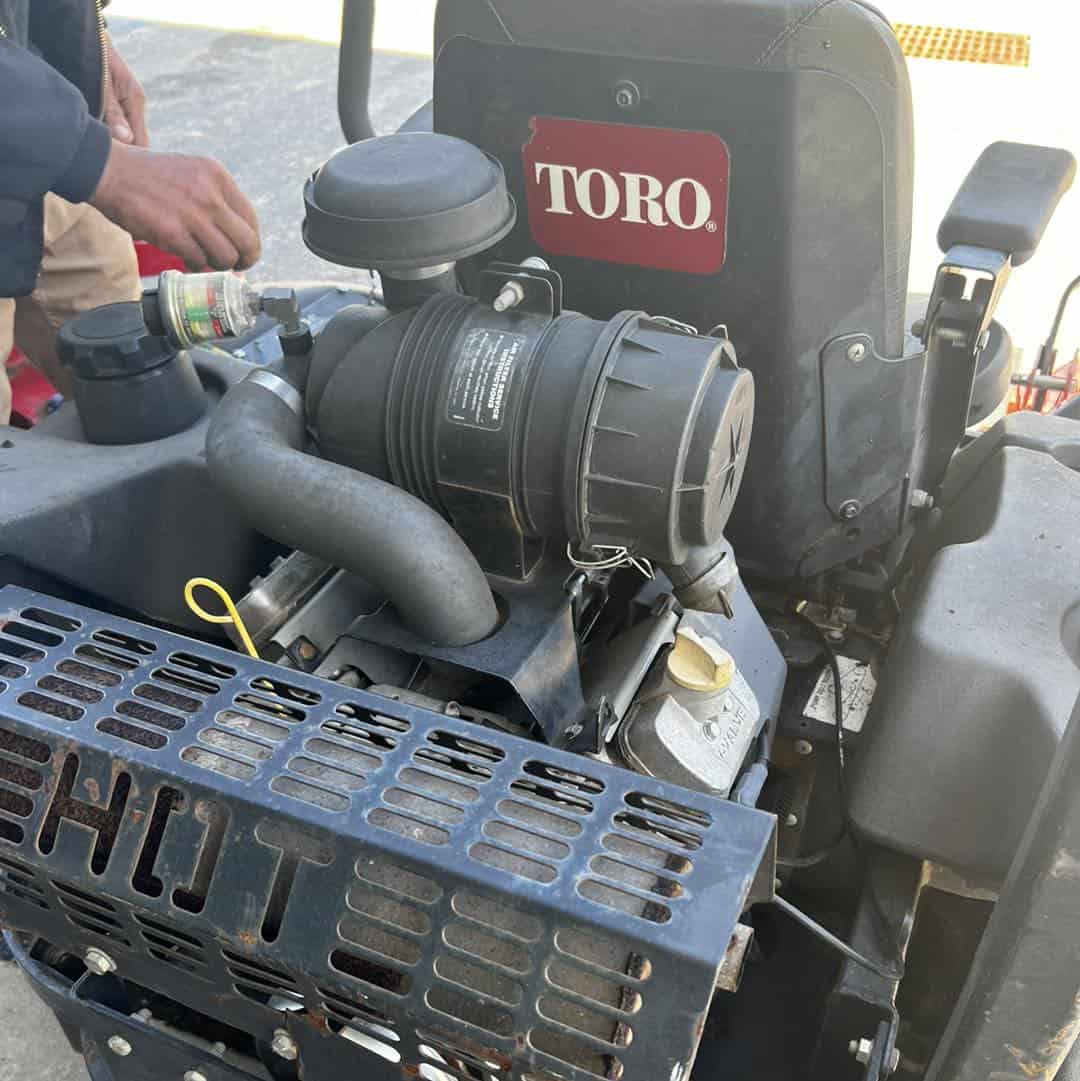
The average price
Which One Is Right For You?
The answer depends on your requirements and interest. Both options have advantages and disadvantages, so you can pick the best suited to your needs.
If you are willing to spend more money and desire a more effective mowing experience for a professional purpose, you can’t go wrong with a liquid-cooled mower.
However, this type requires regular maintenance and care. Hence, ensure you can find a store nearby.
On the other hand, buying an air-cooled machine is a good idea if you are looking for a more affordable device with average riding performance.
Moreover, you can quickly get your equipment serviced or maintained from a store because it’s commonly used.
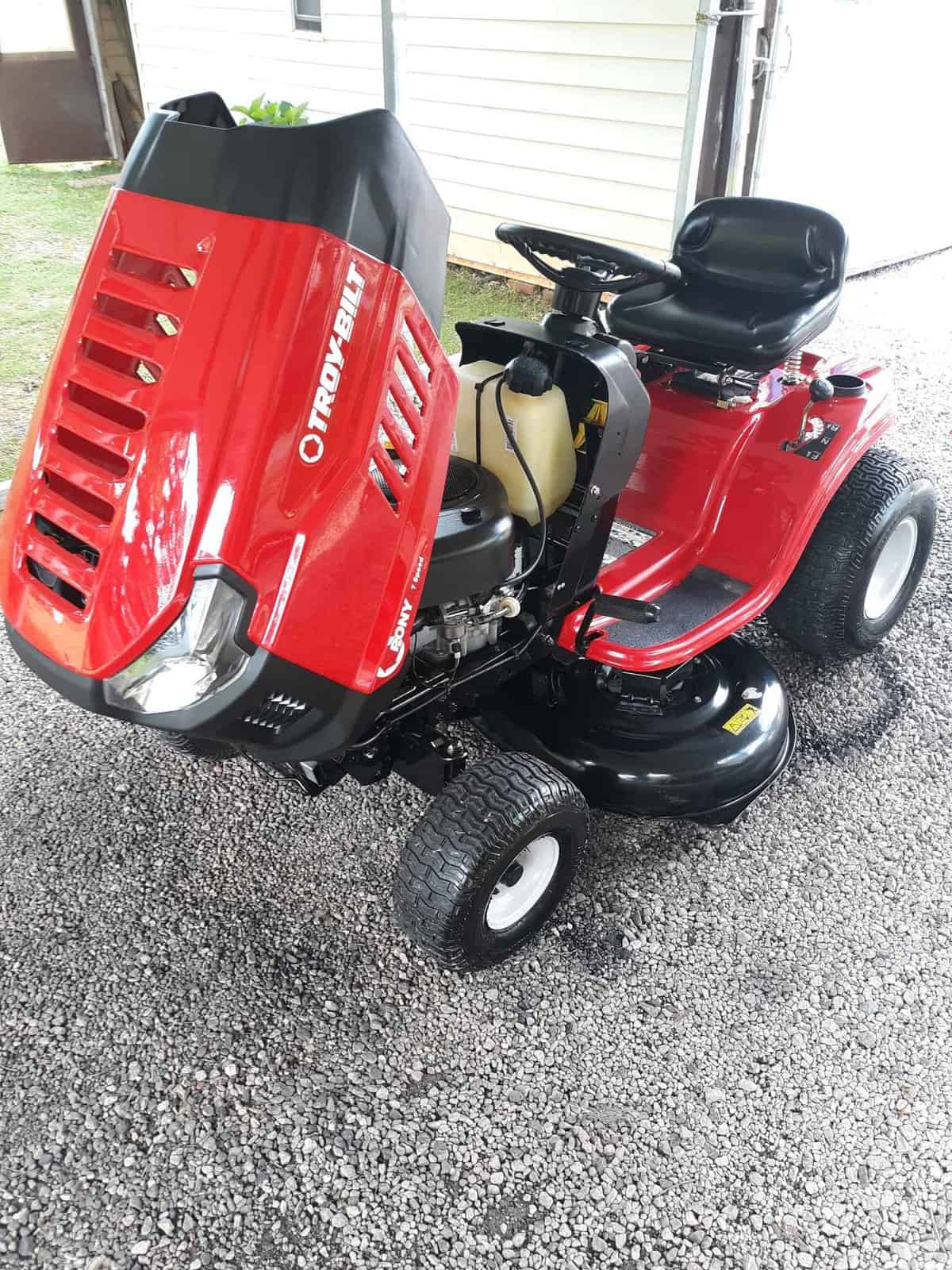
The final verdict
FAQs
Why Are Air-Cooled Engines Noisy?
Most mowers typically make noise between 90 and 110 decibels. Also, modern machines produce a manageable amount of noise to facilitate comfortable use.
However, air-cooled engines are relatively noisy because they don’t have waterways throughout their head-to-aid noise insulation and block.
You can watch this video to learn how this engine works:
How Often Do You Need To Refill Liquid Cooling?
While some service shops advise replacing it every two weeks, other companies recommend doing so after 30,000 miles (about five years).
It’s best to check the coolant to ensure your engine’s health. If the engine warms up and exceeds safe operating temperatures, inadequate coolant levels might result in a flaming hot hood.
The Bottom Line
After diving into this article, which option do you choose: air-cooled or liquid-cooled lawn mower?
It’s worth noting that both types have pros and cons. Therefore, the best one is what suits your needs and preferences.
Whatever machines you select, ensure they can trim the lawn effectively with little difficulty. Hopefully, this post is beneficial for you!




